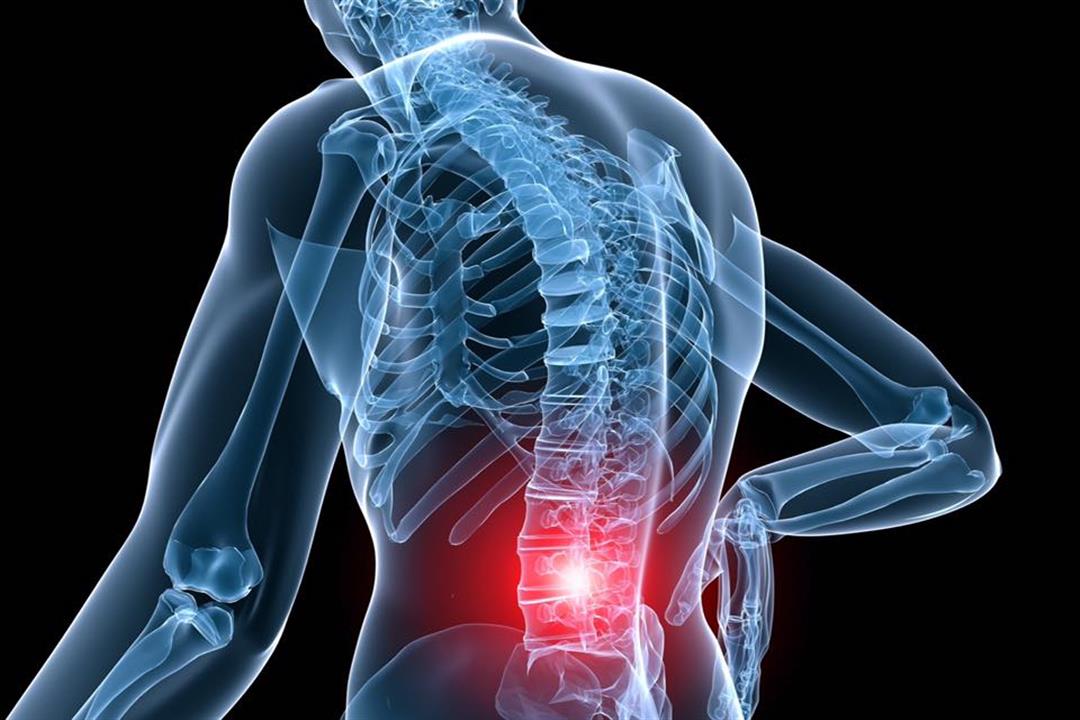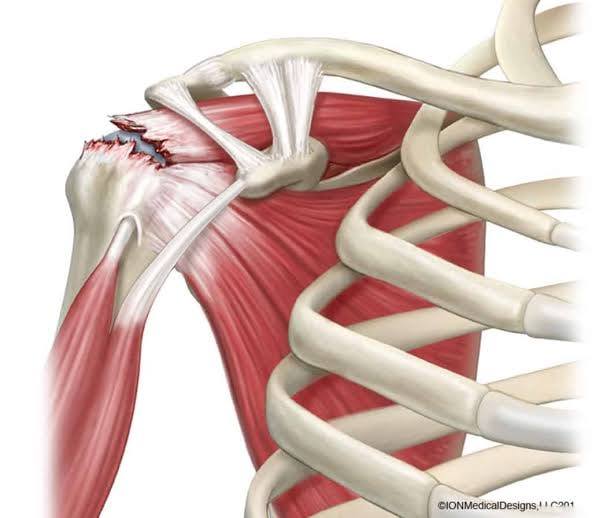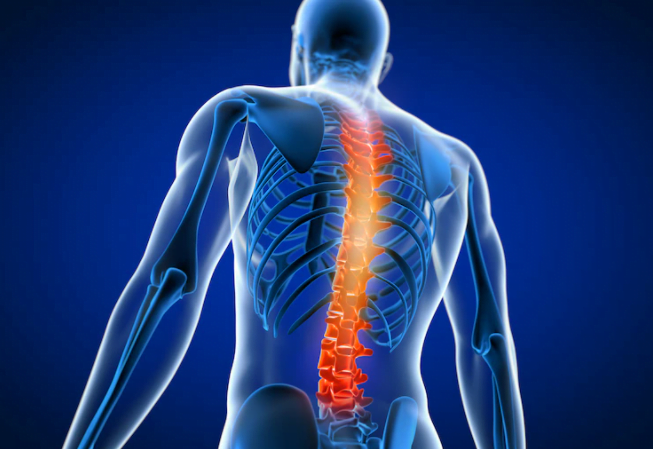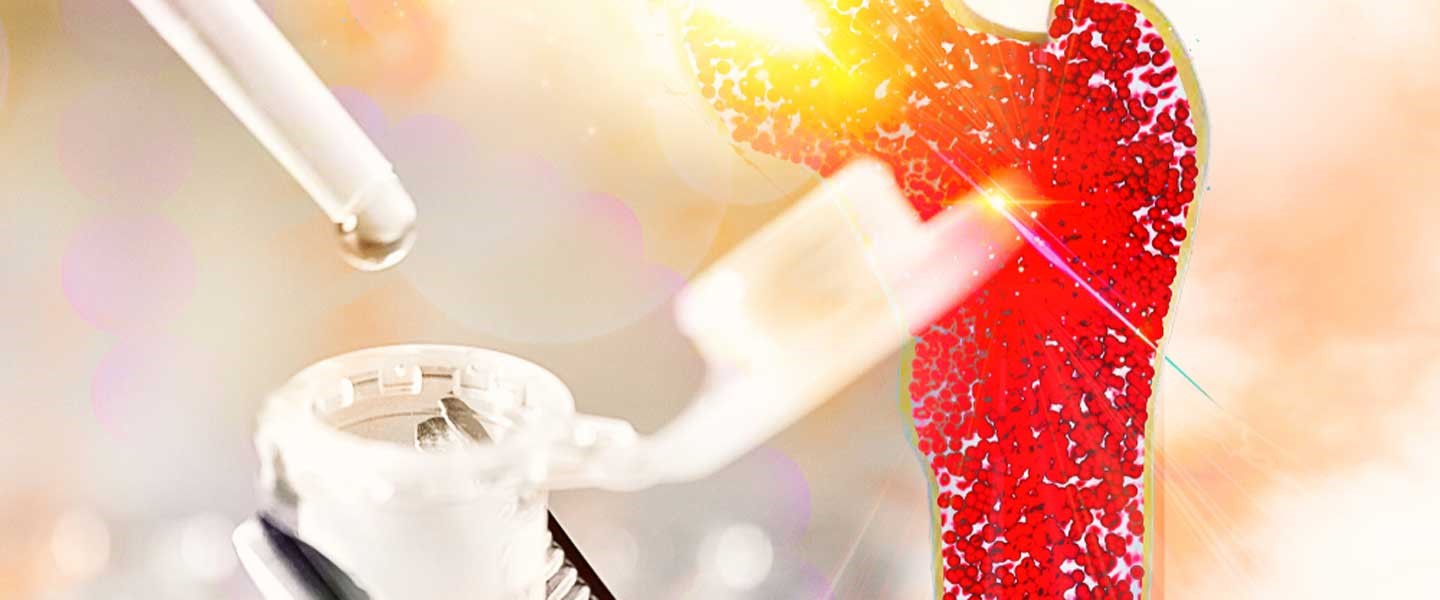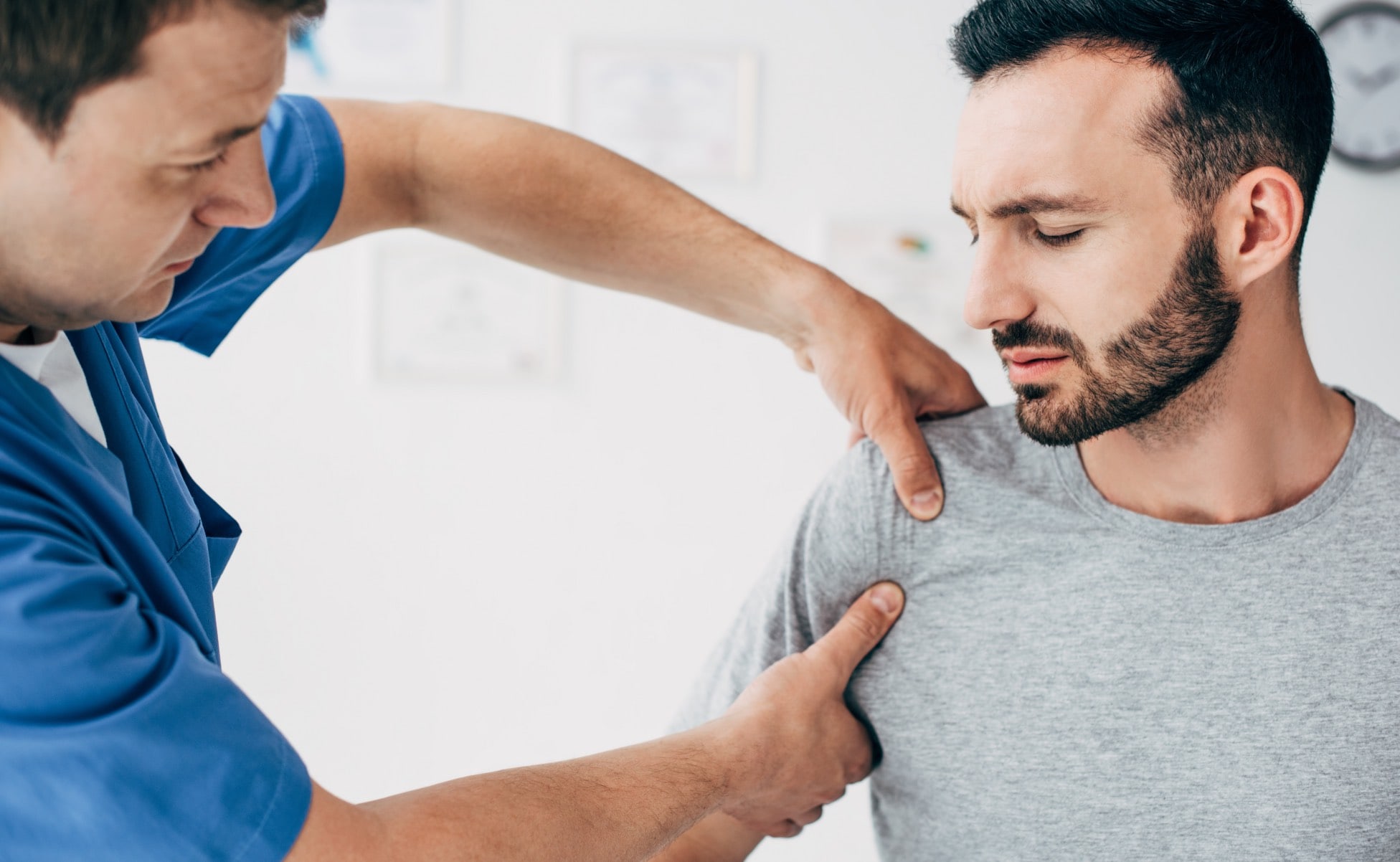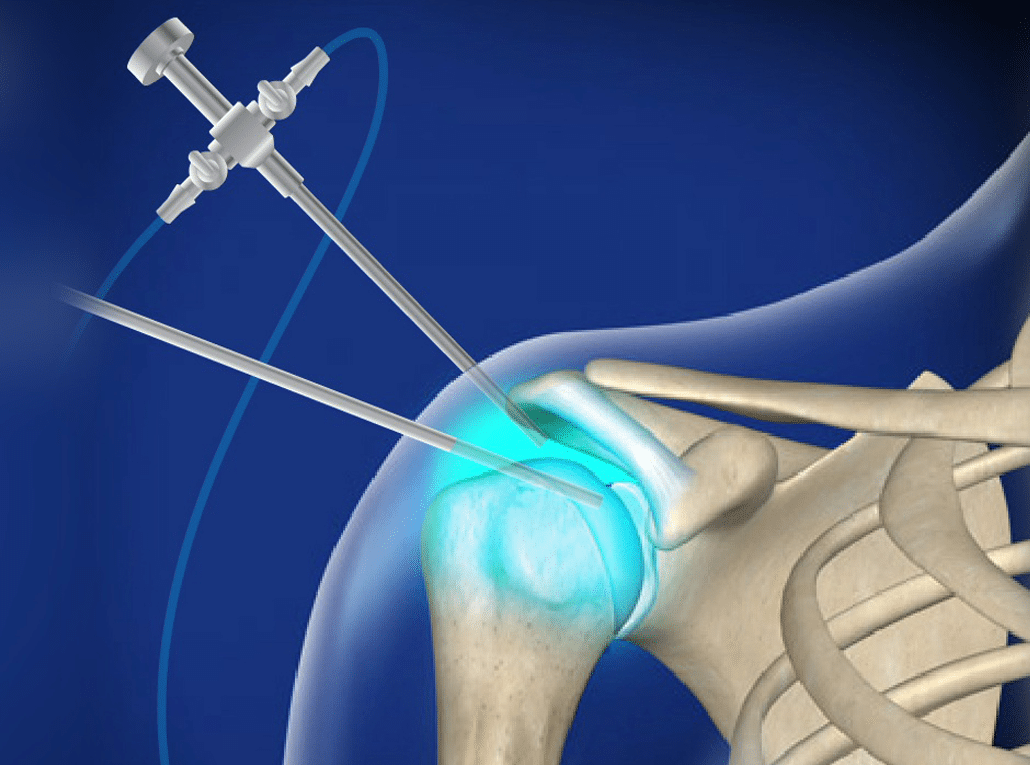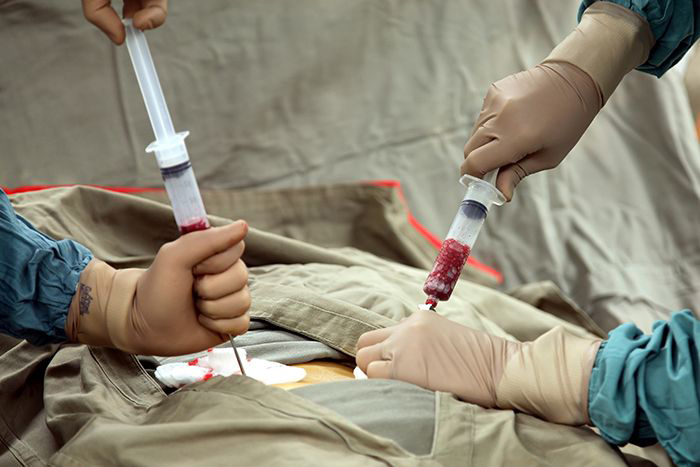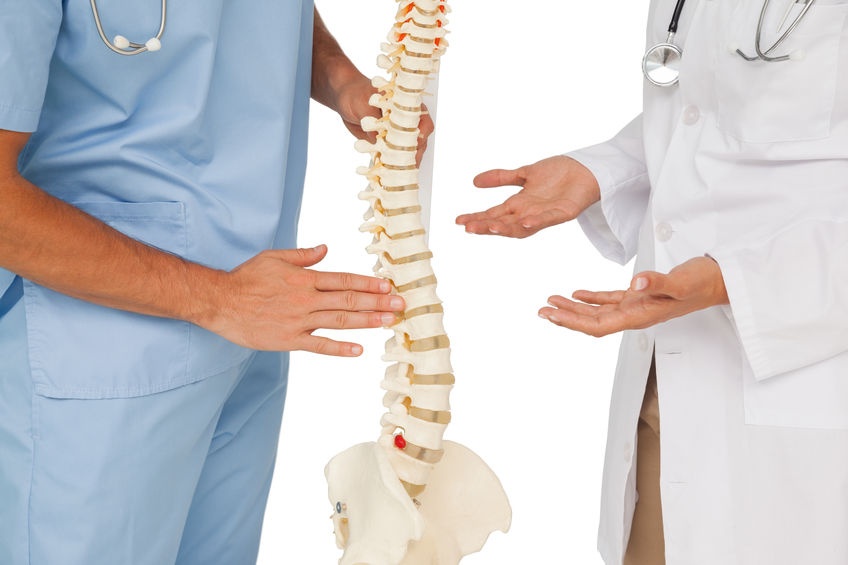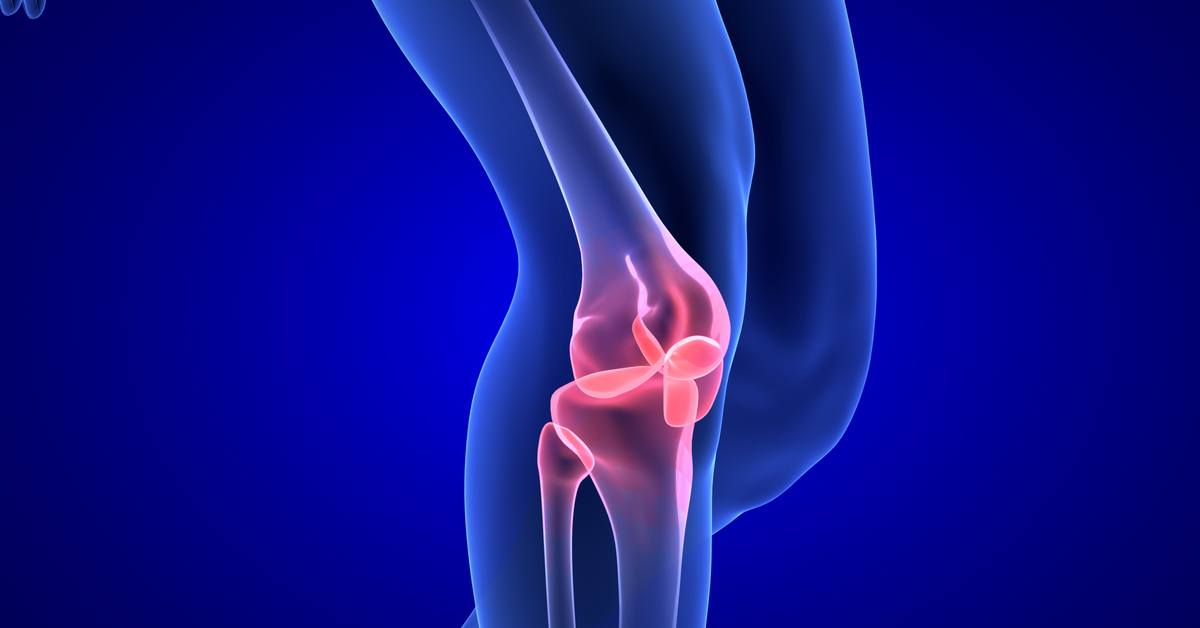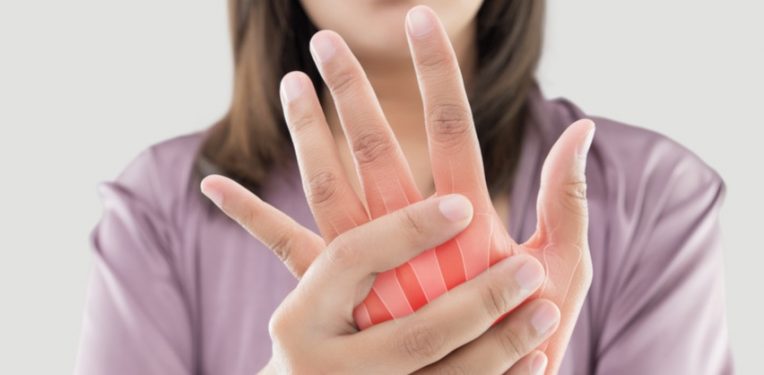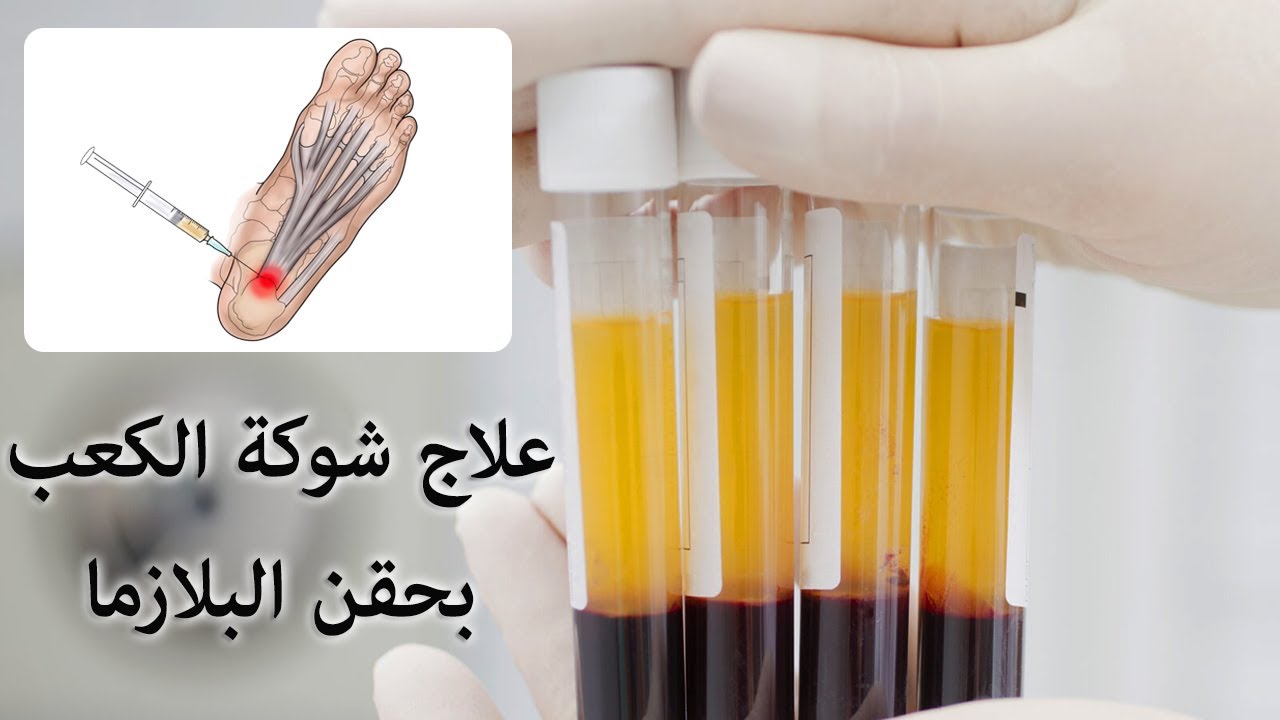Is it possible to live with cruciate ligament rupture?
When individuals hear about cruciate ligament injuries, they may think that it is the endpoint in the life of the injured person, and he will not be able to return to what he was in the past, and this is not true at all, as many treatment methods improve the condition of the individual after the injury and make him in a good condition if he adheres to the treatment protocol appropriately. In the following article, we will learn more information regarding this topic, so let us read the following.
Is it possible to live with cruciate ligament severance?
Living with cruciate ligament cuts is done by adhering to a good rehabilitation program that lasts only for several months after exposure to the injury, and this program is done in the event of surgery or conservative treatment without surgery. The injured person must follow the doctor’s instructions exactly until the cut part heals and is fixed in place after some time has passed.
In addition to the fact that persevering with the physiotherapy method is one of how the patient can adapt to the cruciate ligament cut, where the focus is in that case on performing some exercises that have a major role in strengthening the muscles that support the knee and help it to stay in place and perform its function in the appropriate way to the fullest.
Cruciate ligament injury
An individual’s injury to the cruciate ligament means that he has been subjected to a rupture or sprain of the anterior cruciate ligament, which is considered one of the strongest tissues that connect the femur to the shin bone (tibia), and this injury occurs as a result of doing some sports that require a sudden stop or jumping and landing hard, such as football, basketball, and downhill skiing.
Immediately after suffering an injury to the cruciate ligament, a sound resembling a crack comes from the knee joint, and after some time has passed, it may begin to swell, and it begins to lose its ability to balance with severe pain, and when exposed to an injury to the cruciate ligament, it may be dealt with through some exercises according to the rehabilitation program or through surgery that requires ligament replacement, and the appropriate treatment method is determined according to the severity of the injury to which the individual is exposed and his health condition.
Cruciate ligament rupture
In the event of a cruciate ligament rupture, the following symptoms begin to appear on the individual:
- Feeling of pain: The intensity of the feeling of pain varies according to the severity of the injury to which the individual was exposed, and the injury may be severe to the point of facing great difficulty in standing or walking, and in that case, it is preferable to avoid exhausting the knee and putting pressure on it completely to prevent the deterioration of the condition and to take some painkillers to relieve the pain.
- Swelling of the affected area: The affected area begins to swell within 24 hours of exposure, and this is noticeable.
- Inability to bend the knee: When the cruciate ligament is ruptured, it is stiff and cramped, which makes moving it very difficult, and it is better not to try to move it in the first place to prevent any serious complications from occurring.
Cruciate ligament rehabilitation
Resorting to a rehabilitation program in the event of an injury to the cruciate ligament is very important and cannot be dispensed with in any way. Whether there is surgical intervention or not, this step is important in both cases, and the appropriate rehabilitation program is determined according to the patient’s age, condition, profession, and what he desires in the future, this treatment method aims to make the knee fix in its place and perform its natural movements and strengthen the muscles surrounding it.
The rehabilitation program for cruciate ligament injuries is divided into three parts, which are the stages of acute, subacute, and chronic, and each stage is well applied and its right is fully taken into account to ensure obtaining the desired results that make the individual able to return to his normal life after the completion of the treatment period, and in the case of resorting to surgical intervention, the rehabilitation program will have a major role in recovering quickly and ensuring the success of the operation.
Knee cracking after cruciate ligament surgery
Most likely, the feeling of crackling in the knee after undergoing the cruciate ligament surgery is very normal and does not cause concern at all, and this is due to several reasons, including:
- Inflexibility of the new cruciate ligament.
- The occurrence of postoperative fibrosis.
- Scar formation from surgery.
This feeling gradually disappears with the passage of time and the regularity of the method of physical therapy and the perseverance of daily life as before, as this matter does not cause a feeling of anxiety at all as long as it is accompanied by pain and swelling, but if the cracking after the operation is accompanied by severe pain and swelling, in that case, a procedure is performed Magnetic resonance image immediately and consult a specialist doctor.
Cruciate ligament treatment herbal
Herbal therapeutic methods have not lost their luster for a very long time in many injuries, as in ancient times they were completely relied upon, but in modern times they are used in order to speed up recovery, and examples of herbs that are used in the treatment of the cruciate ligament are:
- Ginger: It has many great benefits because it contains nutrients of very high value, and it has a very effective role in reducing joint and ligament pain, and it is used by applying it to the affected area and massaging it well.
- Ice compresses: Ice is applied to the affected area daily for at least three times, and each time the area is massaged with ice for 10 to 20 minutes, and this greatly contributes to reducing swelling and reducing pain.
- Peppermint: Peppermint oil is used in the treatment of cruciate ligament injuries because of its great role in reducing pain and reducing swelling. It is placed on the knee while continuing to massage until the skin absorbs it completely.
- Sesame oil: It is very popular in the treatment of cruciate ligament injuries and muscle sprains. This is done by heating the oil over a fire, adding turmeric to it, and massaging the affected area very gently.
Cruciate ligament tear treatment without surgery
If the cruciate ligament was partially cut, then in most cases it may not require surgical intervention and it may be treated in many other ways. In that case, the focus is on methods that work to reduce pain and inflammation, such as:
- Do some ice packs on the knee to reduce swelling and reduce pain.
- Take plenty of rest and avoid any activities or sports that require high physical effort.
- When sitting or relaxing, be careful to raise the affected foot above the level of the rest of the body.
- Tying the injured knee so that we can stabilize it and reduce its movement.
- Regularity on the rehabilitation program recommended by the physiotherapist.
Anterior cruciate ligament rupture
The anterior cruciate ligament is one of the ligaments that pass through the knee joint and works to connect the femur to the shin bone (tibia) and has a major role in maintaining the stability of the joint, and exposure to an injury in it has a major factor in impeding the movement of the individual for a period of time with severe pain, and you must start receiving appropriate treatment according to the severity of the injury as soon as one of the following symptoms appears on the individual:
- A popping sound from the knee immediately after the injury.
- The individual feels severe pain that makes him unable to move the injured leg.
- Swelling appears during the first hours of the injury.
- Inability to bend the knee or move the joint freely.
- Loss of balance and inability to load on the affected foot.

